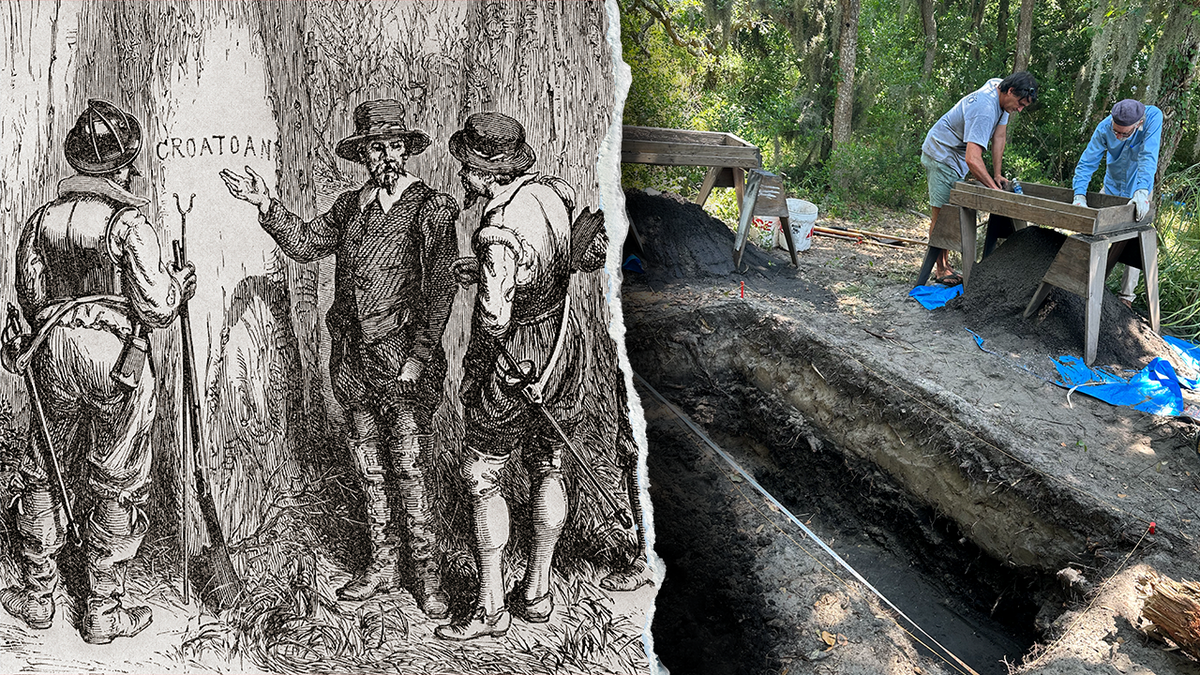He was a spy and a scam artist who also invented the bar chart

From Engora: "A spy, a scoundrel, and a scholar — William Playfair was all three. He led an extraordinary life at the heart of many of the great events of the 18th and 19th centuries, mostly in morally dubious roles. Among all the intrigue, scandal, and indebtedness, he found time to invent the bar and pie charts, and make pioneering use of line charts. Playfair had always been a good writer and good at explaining data. He'd produced several books and pamphlets, and by the mid-1790s, he was trying to earn a living at it. But things didn't go too well, and he ended up imprisoned for debt in the notorious Fleet Prison (released in 1802). There were no official government spying agencies at the time, but the British government quite happily paid for freelancers to do it. He discovered the secrets of the breakthrough French semaphore system while living in Frankfurt and handed them over to the British government in the mid-1790s."
The 400-year old mystery of Roanoke may have finally been solved

From Fox Digital: "A team of researchers believes they may have cracked one of America's most enduring legends: Where did the settlers of the Roanoke Colony go? Known as the Lost Colony, it was the first English settlement attempt in the United States. A group of over 100 colonists settled on North Carolina's Roanoke Island in 1587, led by Sir Walter Raleigh. John White, the governor of the colony, returned to England for supplies in 1587. When he came back to Roanoke Island in August 1590, he found the settlement mysteriously abandoned – and all the colonists, including his daughter Eleanor Dare and his granddaughter Virginia Dare, gone. One of the only clues remaining at the site was the word "CROATOAN" carved into a palisade, which might referred to Croatoan Island, which is now called Hatteras Island, or the Croatoan Indians. The mystery has haunted Americans and Brits for the past four centuries."
A condition called sexual synesthesia creates visual explosions at the moment of orgasm

From Scientific American: "In people with synesthesia, the brain’s sensory wiring can get crossed. Orgasm synesthesia, or sexual synesthesia, is a little-known form of the phenomenon. Roughly 4 percent of people experience some kind of synesthesia; a common form is the association of colors with certain letters, numbers or sounds. In people with sexual synesthesia, it’s the sensation of orgasm (or occasionally even sensual touch) that provokes the wash of color.This experience might be more common than we realize: to seek personal accounts, I reached out to friends and my wider communities in New Zealand, asking to hear from anyone who sees colors when they orgasm—and around a dozen immediately responded with their stories.Some people describe their colors as “like stained glass in a cathedral,” while for others, they’re more like “artisanal soaps” or “paint being hurled at a canvas.” Francesca Radford, a 33-year-old who lives in Auckland, says she tends to see patterns, usually zebra print or reptile scales."
Hi everyone! Mathew Ingram here. I am able to continue writing this newsletter in part because of your financial help and support, which you can do either through my Patreon or by upgrading your subscription to a monthly contribution. I enjoy gathering all of these links and sharing them with you, but it does take time, and your support makes it possible for me to do that. I also write a weekly newsletter of technology analysis called The Torment Nexus.
Giant crabs have lived in the tunnels underneath Rome for thousands of years

From BioGraphic: "Freshwater crabs once lived in the swampy river valley upon which Rome was built. Scientists know them as Potamon fluviatile, and Italians refer to them as grachio d’acqua dolce. Whatever you call them, the crustaceans are the only species of freshwater crab native to Italy. In 2005, archaeologists excavating a site called Trajan’s Forum (part of the Colosseum Archaeological Park) found a population of freshwater crabs living in abandoned sewer drains below the city. Scientists determined that the crustaceans had become trapped in the sewers some 2,000 years ago when Rome was becoming urbanized and had lived there ever since—not just below Trajan’s Forum but in an entire system of canals, drainpipes, and other watery infrastructure hidden below city streets. Cut off from outside populations, Rome’s freshwater crabs developed a form of gigantism. They’re now between 13 and 20 percent larger than their cousins outside the city. They also grow slower and live longer."
Ireland's oldest medieval book shrine goes on display for the first time

From Colossal: "In an unassuming lake in Ireland’s northern County Longford, an unprecedented find emerged in 1986. Thanks to the sediments in the body of water, pieces of a unique, highly decorated metal object dating to the 9th century were remarkably preserved. And now, after a 39-year conservation project, the nation’s oldest and largest medieval book shrine is now on view. Known as the Lough Kinale Book Shrine after its namesake lake, the object features a series of medallions with precious stone inserts, along with embellished metalwork in the form of a cross. The shrine’s metal is bronze and encompasses an oak container, which would have held a treasured manuscript associated with a Christian saint. Used to convey the volume to various ceremonial activities, it also would have featured a leather strap to make it easier to transport."
He turned his bedroom into a giant beehive
This guy turned his room into bee city
— Science girl (@gunsnrosesgirl3) June 27, 2025
📹bryanmarktaylor
pic.twitter.com/Z0ZbXjJQRA
Acknowledgements: I find a lot of these links myself, but I also get some from other newsletters that I rely on as "serendipity engines," such as The Morning News from Rosecrans Baldwin and Andrew Womack, Jodi Ettenberg's Curious About Everything, Dan Lewis's Now I Know, Robert Cottrell and Caroline Crampton's The Browser, Clive Thompson's Linkfest, Noah Brier and Colin Nagy's Why Is This Interesting, Maria Popova's The Marginalian, Sheehan Quirke AKA The Cultural Tutor, the Smithsonian magazine, and JSTOR Daily. If you come across something interesting that you think should be included here, please feel free to email me at mathew @ mathewingram dot com



